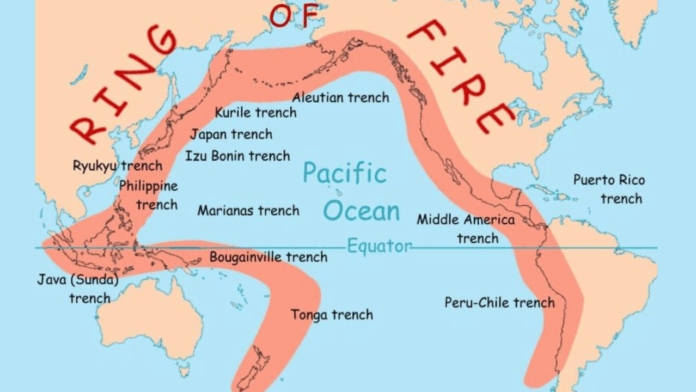Filipinos are no strangers to earthquakes. The Philippines is highly prone to seismic activity because of its location along the Pacific Ring of Fire, a chain of volcanoes and earthquake zones surrounding the Pacific Ocean.
According to National Geographic, about 90 percent of all earthquakes worldwide occur along this Ring of Fire. It is caused by plate tectonics, huge slabs of the Earth’s crust that fit together like puzzle pieces. These plates often collide, move apart, or slide past each other, creating geologically active zones.
The Philippines lies at the intersection of the Philippine Sea Plate, the Eurasian Plate, and the Pacific Plate. The constant movement and interaction of these plates build up stress, which is eventually released as earthquakes. Subduction zones, where one plate slides beneath another, further generate magma and trigger both volcanic and seismic activities.
This tectonic activity also forms numerous fault lines across the archipelago. When these faults slip, the stored energy is released as earthquakes. For a country with over 7,100 islands, such occurrences are common.
PHIVOLCS estimates that the Philippines experiences between 100 and 150 earthquakes every year. While not all are destructive, the potential for major quakes remains a constant risk.
To address this, the Philippines must strengthen its preparedness and resilience. This includes stricter enforcement and regular updating of building codes, the implementation of advanced early warning systems, and the expansion of public education campaigns on earthquake safety. By enhancing awareness and readiness, communities can reduce risks and save lives when disasters strike.



